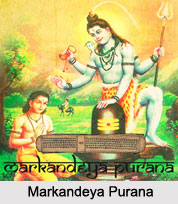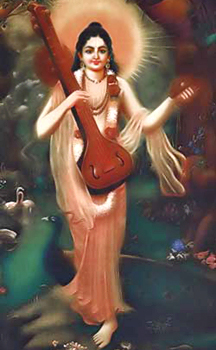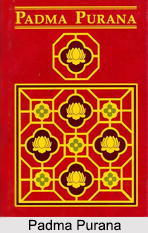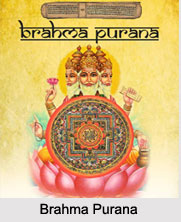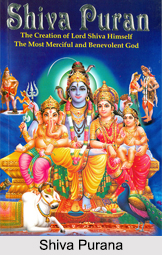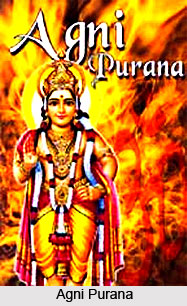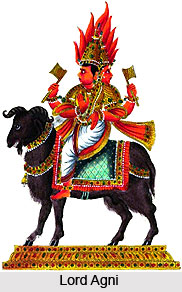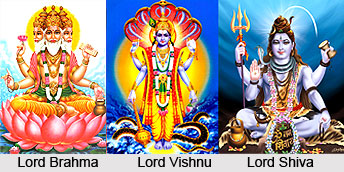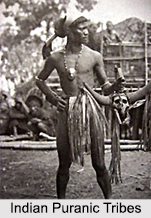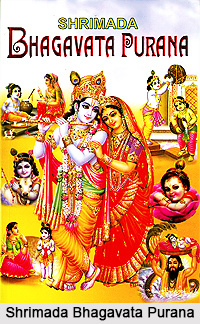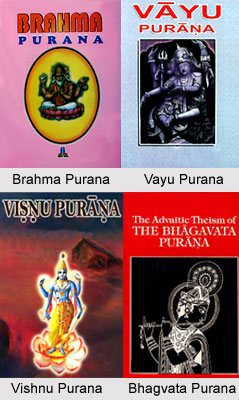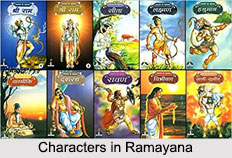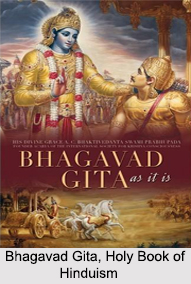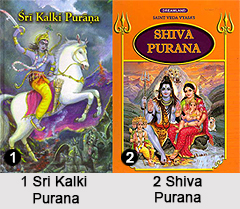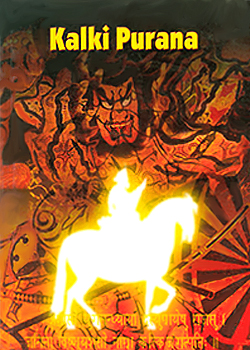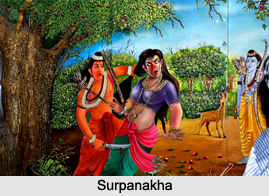Atonement of Deadly Sins is very important according to the Agni Purana. Agni Purana has described in one of its adhyayas the acts of atonement, by which sins are expiated, as has been put down by Lord Brahma. It says that killing consists of those which tend to extinguish the vital energy of a creature animal, and a man. The killer of a Brahmana should roam about living on a spare diet obtained by begging and carrying the skull of a human being at the top end of a rod, as his banner. A man, having unknowingly killed a Brahman, should practise the penance for six years; while in the case of a willful murder, the period of austerity should be doubled. A penance for three years should be practised by a man, attempting to kill a Brahmana, the attempt having proved abortive at the end; while in the case of a Kshatriya, the period of penance should be double of what had been laid down in the case of a Brahmana under a similar circumstance while the same should be tripled or nine times increased in the case of a Vaishya or a Shudra, guilty thereof.
The period of penance in the case of a murder of a Kshatriya, should be known as the fourth part of what has been enjoined for the murder of a Brahmana, an eighth and a sixteenth part thereof being the rule for the killing of a Vaishya or a Shudra. A man having accidentally killed his chaste and innocent wife should practise the penance similar to what has been prescribed for the murder of a Shudra. The members of the three castes should not take any kind of intoxication. A man having drunk water out of a cup, previously containing wine, should practise a penance for seven days. A man, having drunk water polluted by the touch of Chandala, should observe a similar vow for six days.
The proper atonement for an omission of worshipping an idol consists of repeating the sacred Mantra hundred and eight times. A Homa should be performed according to the Mantras of the Upanishad. The worshipper should be repeated hundred times.

